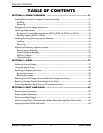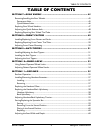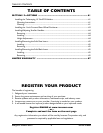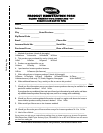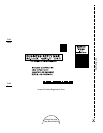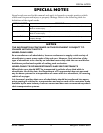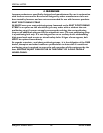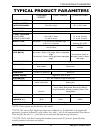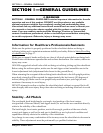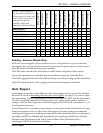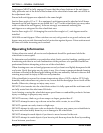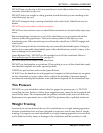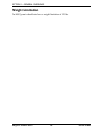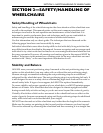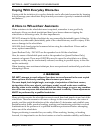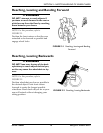
SECTION 1—GENERAL GUIDELINES
9000 Jymni™Pediatric Series 12 Part No 1100868
SECTION 1—GENERAL GUIDELINES
ƽ WARNING
SECTION 1 - GENERAL GUIDELINES contains important information for the safe
operation and use of this product. DO NOT use this product or any available
optional equipment without first completely reading and understanding these
instructions and any additional instructional material such as owner’s manuals, ser-
vice manuals or instruction sheets supplied with this product or optional equip-
ment. If you are unable to understand the Warnings, Cautions or Instructions,
contact a healthcare professional, dealer or technical personnel before attempting
to use this equipment. Otherwise, injury or damage may occur.
Information for Healthcare Professionals/Assistants
Make sure the patient is properly positioned in the wheelchair before reclining or
inclining (sitting up) to maintain maximum stability and safety. Refer to Safety/Handling
of wheelchairs on page 17.
Make sure occupantʹs hands and body are clear of all pinch points before reclining back.
Pinch Points exist between spreader bar and recliner mechanism. Use caution, otherwise
injury may occur.
ALWAYS engage both wheel locks while reclining or inclining (sitting up) the wheelchair.
Before using the recliner option, make sure the anti-tipper wheel assemblies are in the
lowest adjustment hole (adjustment hole closest to the ground/floor).
When returning the occupant of the reclining back wheelchair to the full upright position,
more body strength will be required for approximately the last twenty (20) degrees of
incline (sitting up). Make sure to use proper body mechanics (use your legs) or seek
assistance if necessary to avoid injury.
DO NOT attempt to recline or incline the wheelchair back without occupant. Back will
raise abruptly and cause injury. Keep clear when reclining or inclining chair back to avoid
injury.
Stability - All Models
The seat depth, back height/angle, seat angle, size/position of the front casters,
size/position of the rear wheels, anti-tipper model, as well as the user condition directly
relate to the stability of the wheelchair.
The back height, front caster position, seat-to-floor angle, position of the rear wheels,
correct anti-tipper as well as the end user’s disability or user’s physical condition and
capabilities directly relate to the stability of the wheelchair.
Any change to one or any combination of the ten may cause the wheelchair to decrease in
stability. These adjustments must be performed by a qualified technician.



